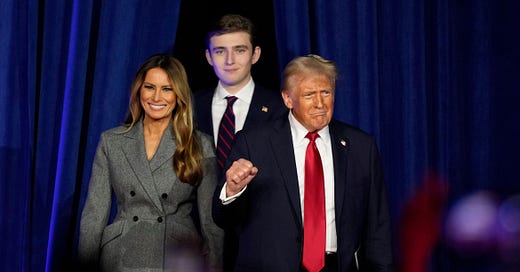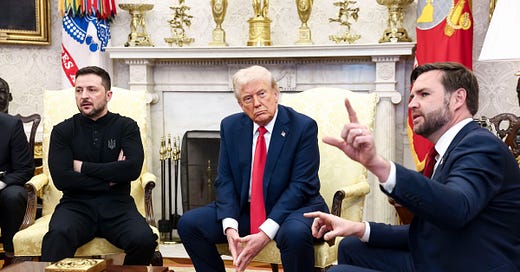David Hockney’s stunning addition to the aesthetic vitality of the London Underground is a statement as bold as some of the ignorant reactions to it. Forget what the naysayers say. This, surely, is a masterpiece!
The artwork, revealed at Piccadilly Circus this past week, greets travellers with a large yellow circle that manages to capture in the perfection of tone and line what it means to travel in London. Has any piece, modern or ancient, ever conveyed the rich aromas of late-night micturition as well as this? This golden circle, this dunny doughnut, this ring of “Chelsea tap-water”, simply takes one’s breath away in the very same way the Underground itself often does. There can be no doubt why London’s Mayor, Sadiq Kahn, is so gushing (pun intended) in his praise of the piece he describes as “brilliant”.
Yet even as the artwork seems to circle some great metropolitan drain, it also recycles meanings in a way that is sure to please a mayor so keen on recycling. At first blush, the circle seems like the track of a child’s toy railway, a nod to Prince George, God bless him, who will cut the ribbon on improvements to London’s Underground set to be finished in 2083. Look deeper, however, and you will notice that it’s not quite a circle. It is, instead, a contorted “o”, imitating the shape of the mayoral mouth, captured the moment an aide first suggested that an artist as internationally acclaimed as Hockney might be available for commission / be bored enough by lockdown to accept any old job in order to avoid doing the washing up.
The circle, after all, is also the shape of the many zeros usually attached to such a commission, even though this time Hockney is said to have worked for nothing. The zero, then, is the price paid for the work but also the number of minutes it took the artist to conceive of and execute the composition on his iPad. Zero too is the amount of time spent in the Mayor’s office thinking, “Is this really a good idea?”
Not that the piece allows us to linger on such details a moment longer than needed. The circle is divided by a strong horizontal in a rich imperial purple that hints towards the mayor’s ambitions for a higher station. Yet might this division not also be a deep dive into mathematics? Dividing zero results in zero, which would make this a comment on the lack of opportunities in the city; an indictment on behalf of those increasingly priced out of their hometown. It appears that Hockney, the fiercely working-class artist, is being as provocative as the “Piccadilly Circu(s)” he so effortlessly scrawls across the piece.
And the text, surely, is where this artwork is most effective. Here, Hockney establishes a strong horizontal flow which he breaks when the final “s” descends below the line. The artist is said to have run out of room on his iPad when creating this masterpiece but that sounds like anti-Yorkshire propaganda spread by those who want us to believe that the artist is too frugal to upgrade to the iPad Pro. The real meaning, here, is that the dropped “s” represents another falling “S” – the declining fortunes of the Labour Party under Sir Keir Starmer.
At a time when Labour is looking to rebuild the trust of the working classes, Hockney appears to be infuriated by a mayor of London throwing public money at the kind of art that will infuriate everybody except pseudo-intellectuals. Make no mistake, Hockney might have taken no cash for this piece but this campaign is costing £7 million. Perhaps the artist is ashamed of that fact. It would certainly explain the biggest clue of all…
“Circu”, as we all know, is Asturian for the Latin “circus”, spoken in the Principality of Asturias, Spain, world famous for its large white beans. Legumes, such as peas and beans, contain a complex sugar called raffinose which the gut struggles to break down, producing gas. Here, Hockney develops the gastro-intestinal motif by saying that all public art is, in fact, an act of flatulence by politicians. And who can disagree with the artist on this point?
“Piccadilly Circus” (2021) is surely up there with “The Splash” (1966) as Hockney’s most compelling work; a point echoed by Sadiq Kahn who went on to promise that this is only “the first of a series of major art projects we’ve commissioned as part of our brand new #LetsDoLondon campaign”.
Indeed, let’s do London!
Except, Mr. Mayor, based on this, perhaps London has already been “done”.










